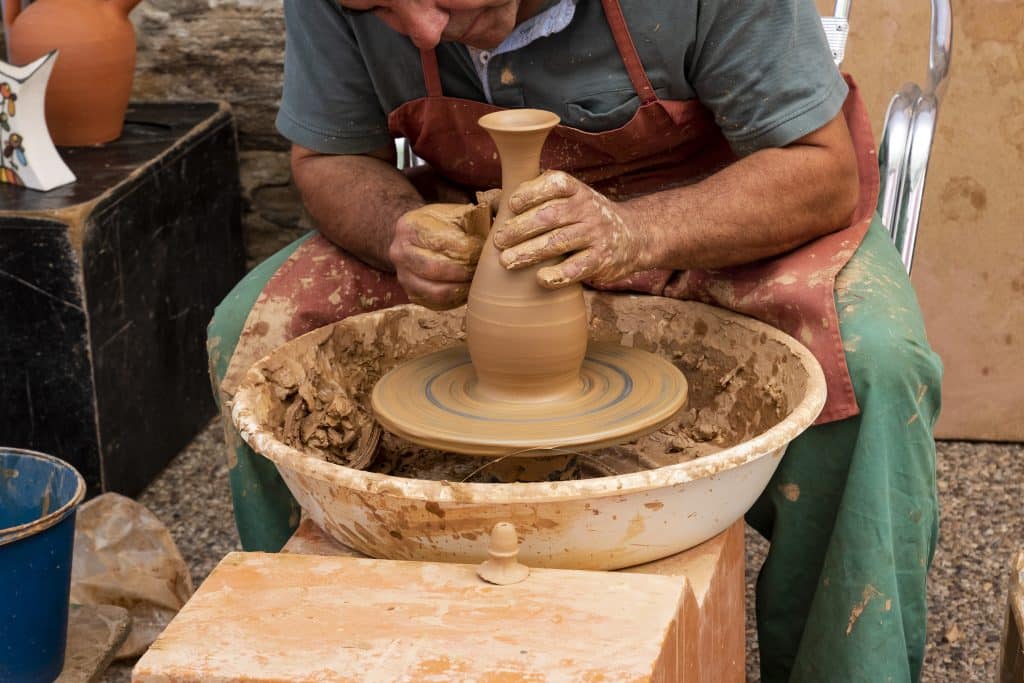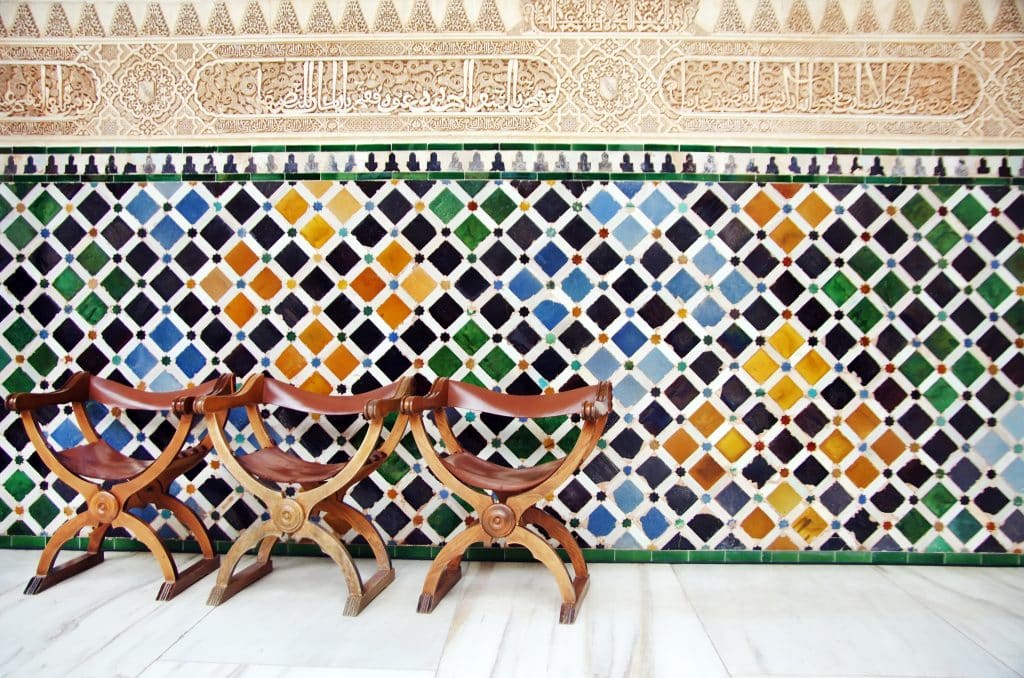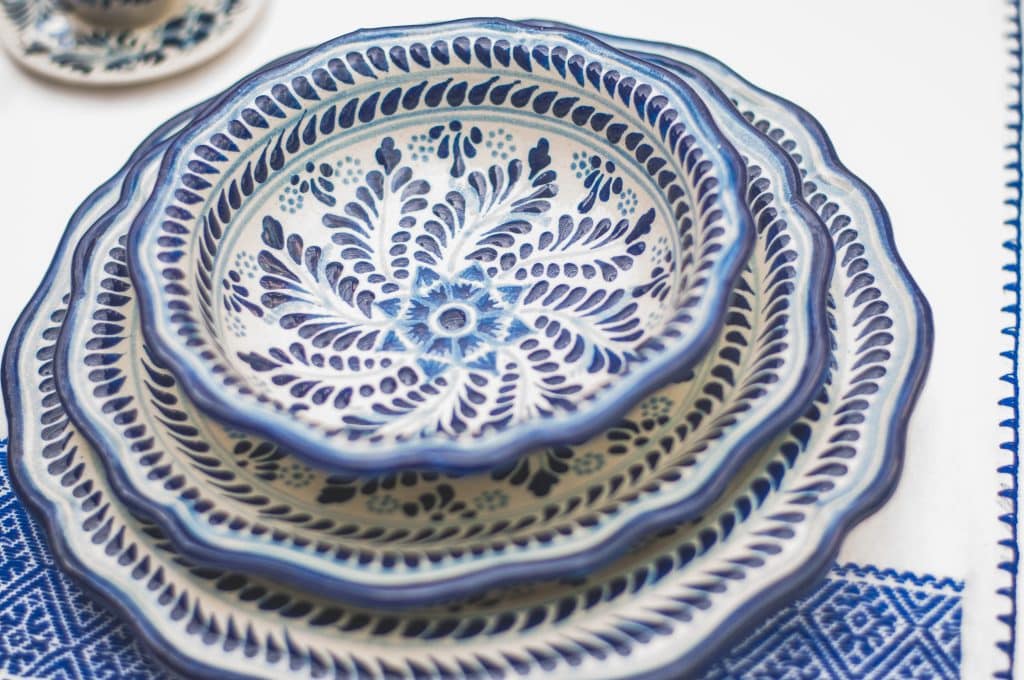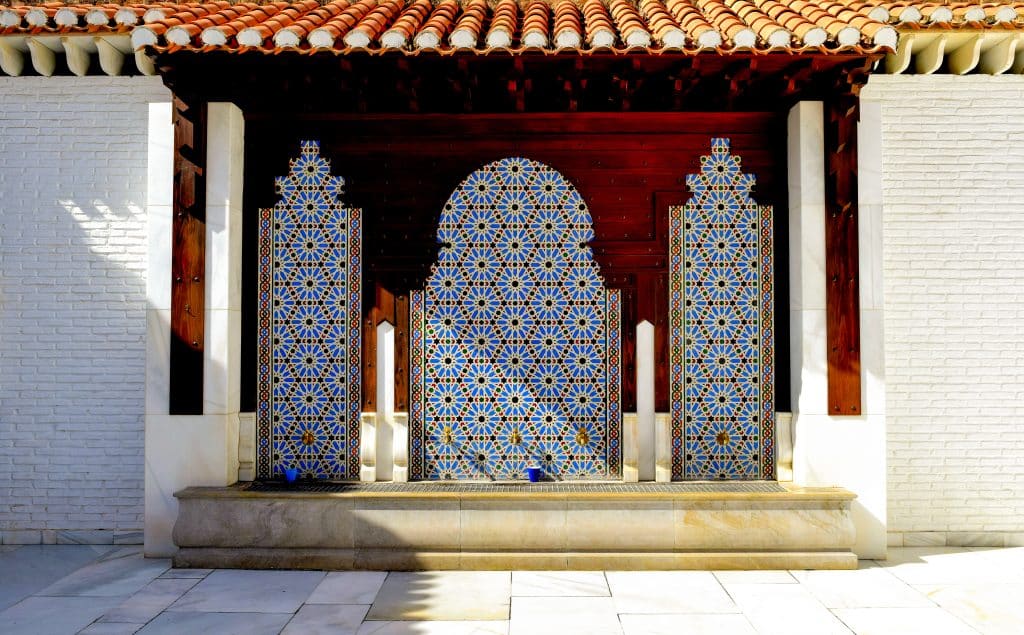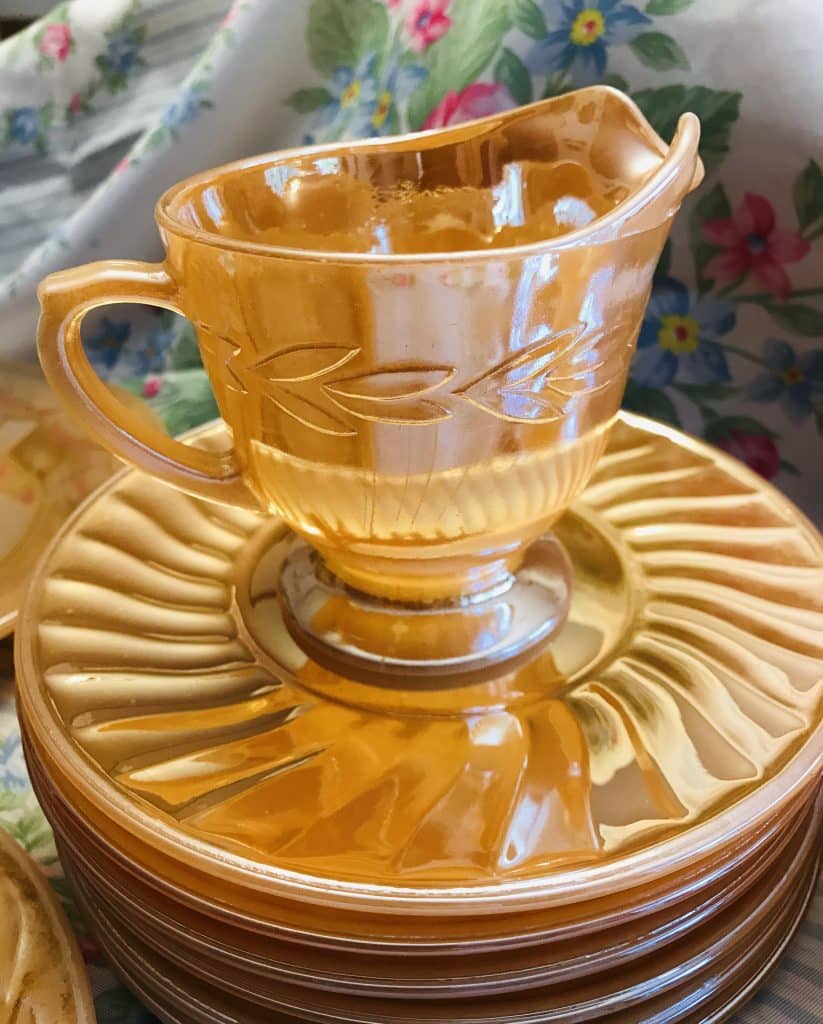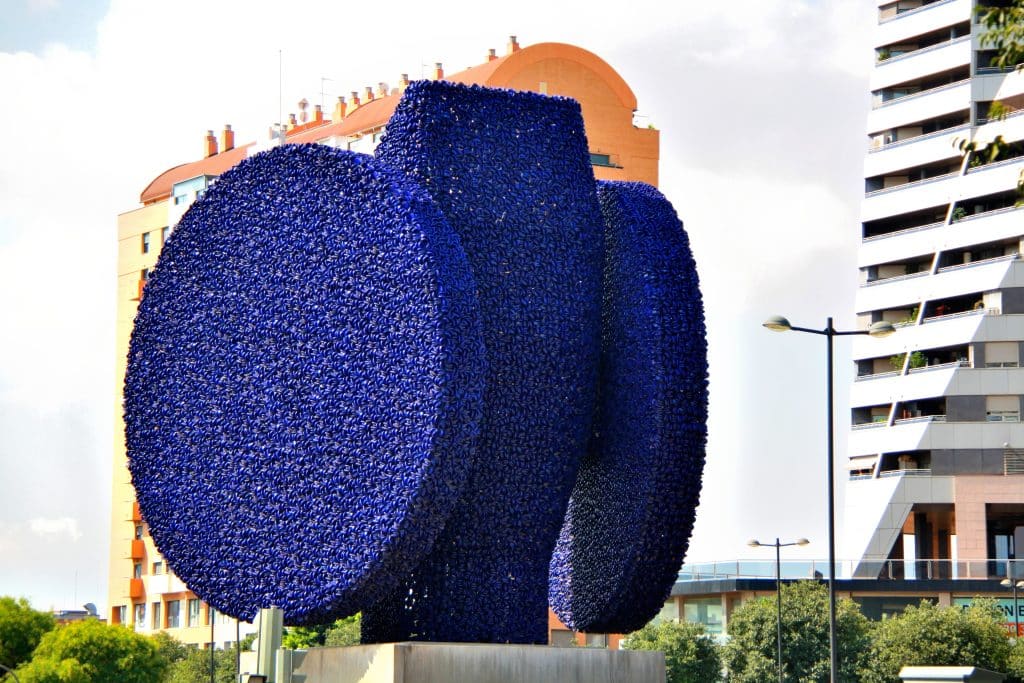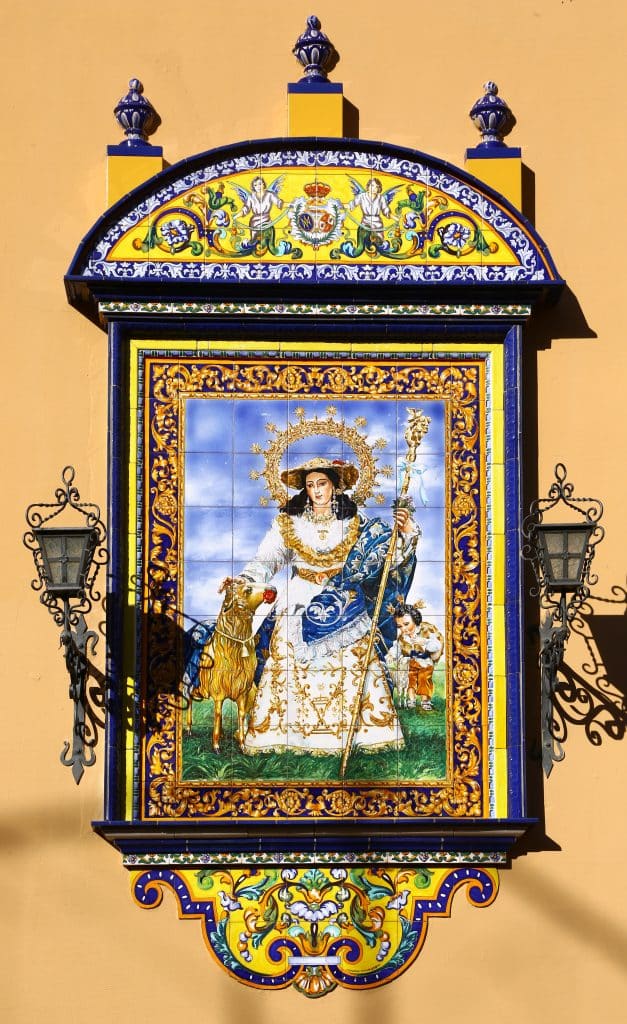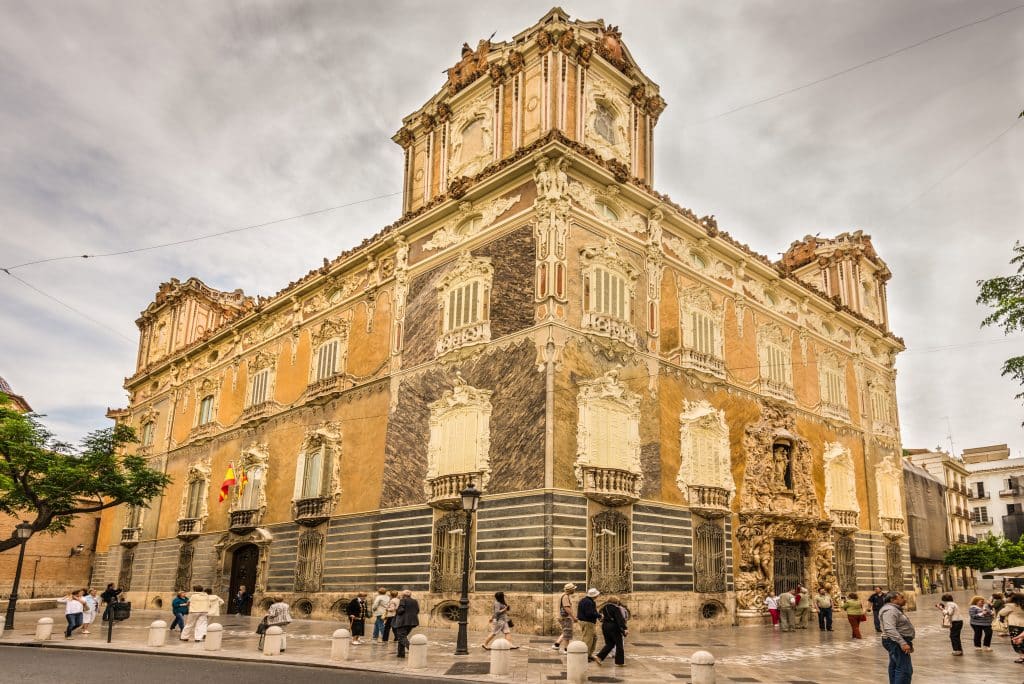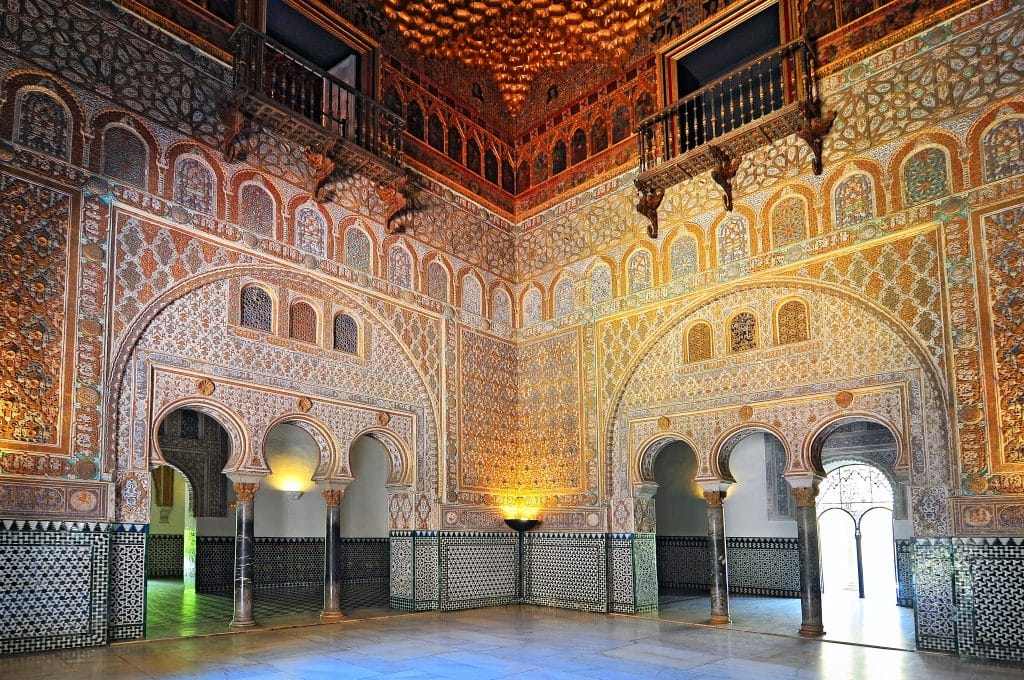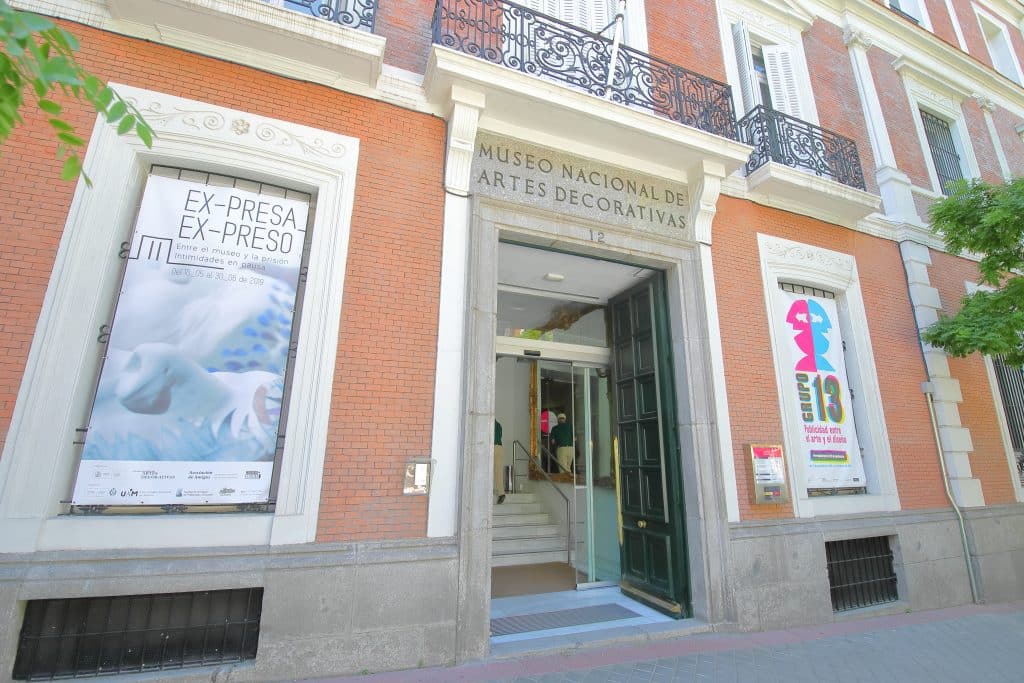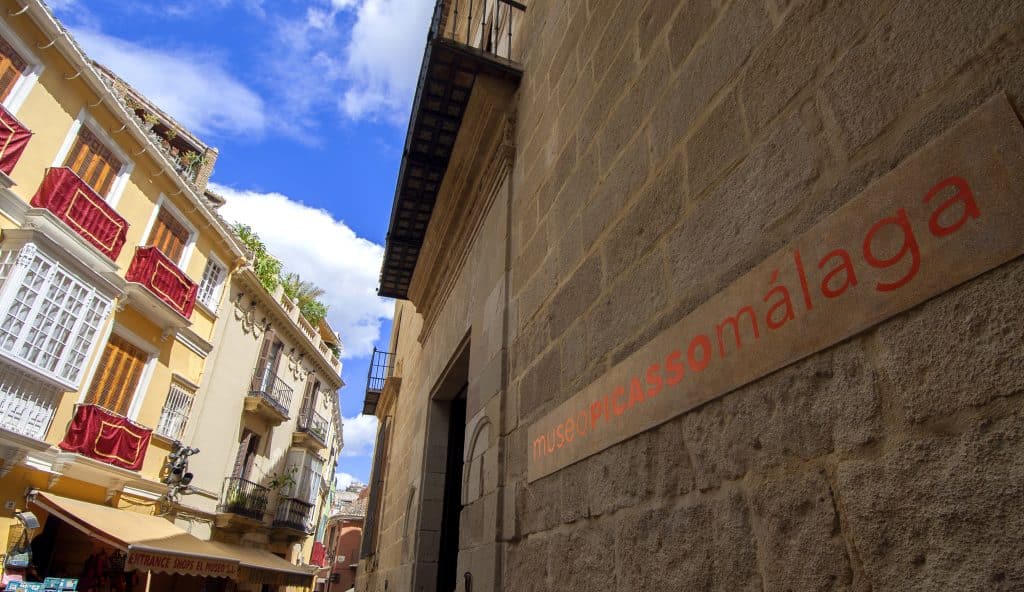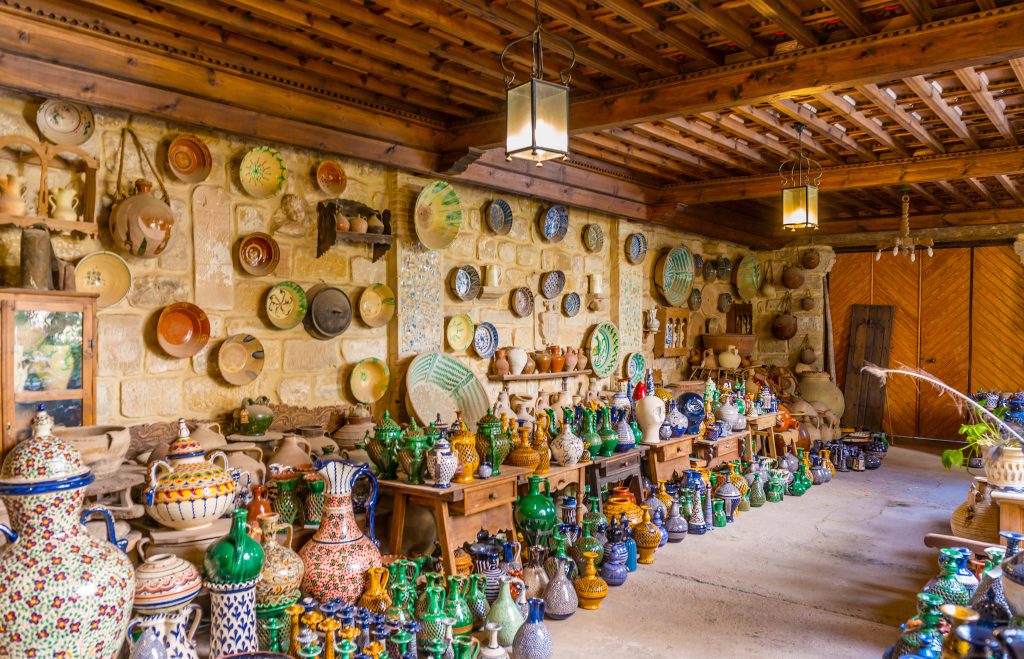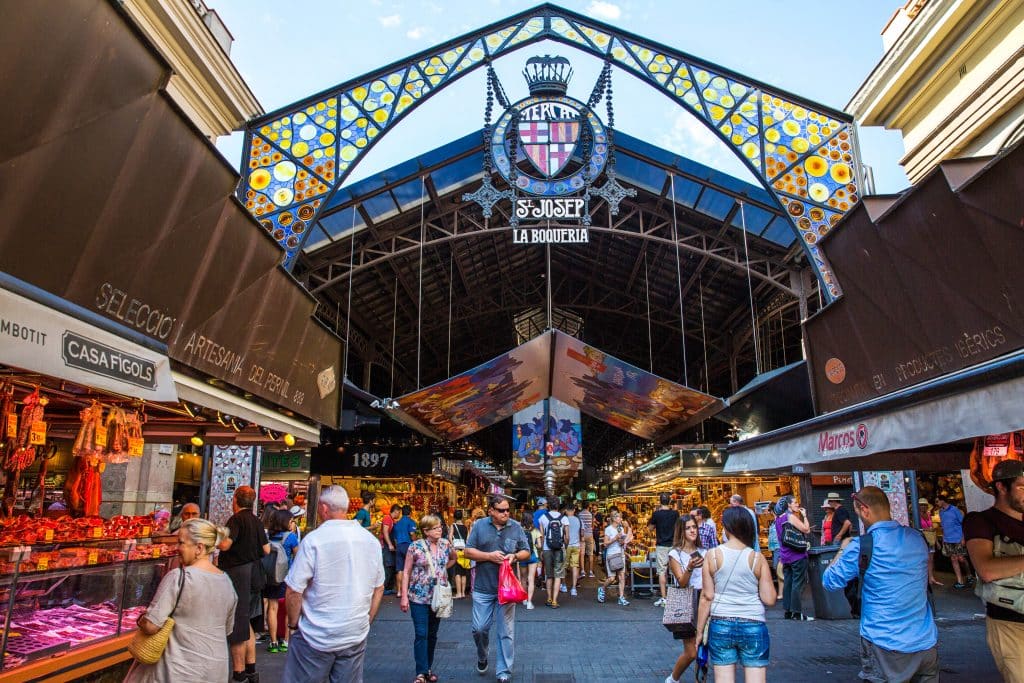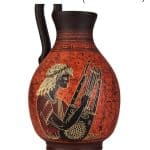A Brief History of Ceramics and Pottery in Spain
Ceramics and pottery have played an integral role in Spain’s cultural heritage for centuries. The rich history of Spanish ceramics is a testament to the country’s artistic prowess and its ability to blend various cultural influences into a distinctive and enduring art form. In this article, we will explore the evolution of ceramics and pottery in Spain, highlighting key historical facts, providing examples of these art forms, and discussing their profound cultural significance.
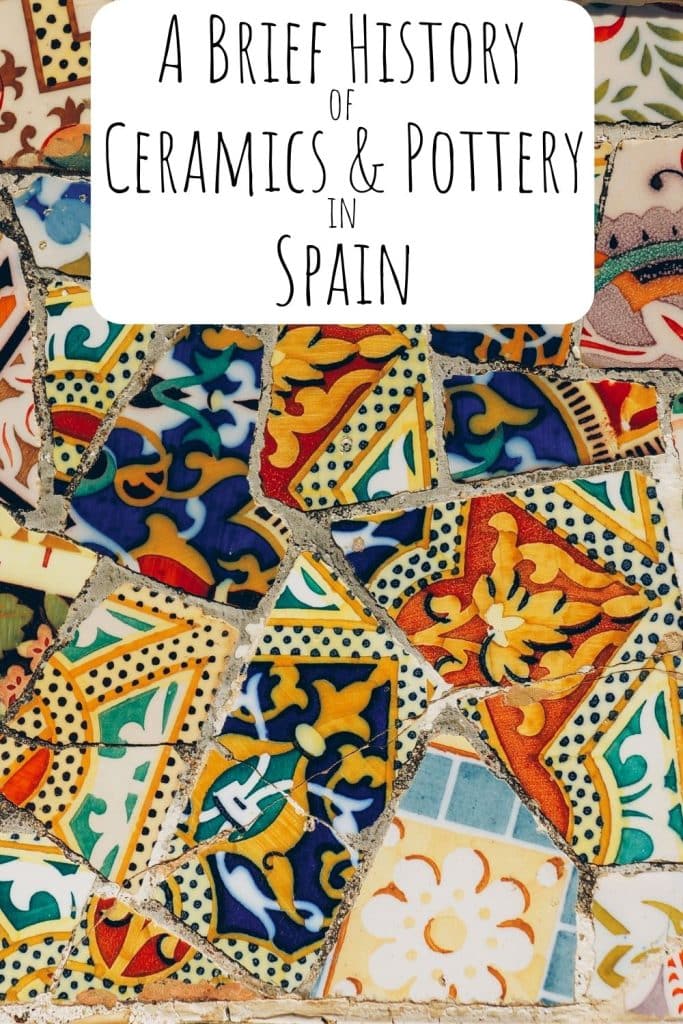
Ancient Origins
The history of ceramics and pottery in Spain can be traced back to ancient times. The Iberian Peninsula, which includes modern-day Spain, was inhabited by various ancient civilizations, such as the Iberians, Phoenicians, Greeks, and Romans. These early inhabitants had a profound impact on the development of ceramics in the region.
Iberian Pottery: The Iberians were skilled potters who created intricate and decorative pottery. Their pottery often featured geometric designs, stylized animals, and human figures. This early form of ceramics laid the foundation for the artistic traditions that would follow.
Roman Influence: The Romans, who conquered Spain in the 2nd century BCE, brought advanced pottery techniques to the region. They introduced the use of the potter’s wheel, which revolutionized ceramic production. Roman pottery in Spain ranged from utilitarian objects to highly decorative pieces with intricate motifs.
Islamic Influence and the Golden Age of Spanish Ceramics
One of the most significant influences on Spanish ceramics came during the Islamic rule of Spain, which lasted from the 8th to the 15th century. Islamic potters brought with them the knowledge of glazing techniques and intricate decorative patterns.
Andalusian Ceramics: The region of Andalusia in southern Spain became a hub for Islamic pottery production. The city of Valencia, in particular, was renowned for its vibrant and colorful ceramics. Islamic pottery often featured geometric patterns, calligraphy, and intricate tilework.
Alhambra Tiles: The Alhambra, a stunning palace and fortress complex in Granada, is a prime example of the Islamic influence on Spanish ceramics. The palace is adorned with intricate ceramic tiles, or “azulejos,” featuring geometric patterns and Arabic inscriptions. These tiles are a testament to the artistic achievements of the Moors in Spain.
The Renaissance and the Age of Majolica
As Spain underwent the Renaissance, its ceramics industry continued to evolve. Majolica, a type of glazed earthenware, became popular during this period.
Talavera Pottery: Talavera de la Reina, a town in central Spain, became famous for its Talavera pottery. This distinctive style featured intricate blue and white designs influenced by Moorish aesthetics. Talavera pottery was used for both utilitarian and decorative purposes.
Hispano-Moresque Ware: The influence of Islamic pottery endured during the Renaissance, leading to the creation of Hispano-Moresque ware. These ceramics featured a fusion of Islamic and Spanish elements, resulting in exquisite pieces characterized by intricate patterns and rich colors.
The Baroque and Beyond
The Baroque period brought further developments in Spanish ceramics, with an emphasis on ornate and elaborate designs.
Royal Factory of La Moncloa: In the 18th century, the Royal Factory of La Moncloa was established in Madrid under the patronage of King Philip V. This factory produced exquisite porcelain pieces inspired by European porcelain manufacturers like Meissen.
Lusterware: Lusterware, characterized by its metallic sheen, became popular in Spain during the Baroque period. It was often used for religious and decorative ceramics, adding a touch of opulence to Spanish art.
Modern and Contemporary Ceramics
In the 20th and 21st centuries, Spanish ceramics have continued to evolve, embracing both traditional and contemporary styles.
Picasso’s Ceramics: The renowned artist Pablo Picasso experimented with ceramics in the mid-20th century. His ceramics are characterized by their whimsical and playful designs, adding a new dimension to Spanish pottery.
Contemporary Ceramic Artists: Spain boasts a vibrant community of contemporary ceramic artists who push the boundaries of the medium. Artists like Manolo Valdés and Cristina Córdova create innovative and thought-provoking ceramic pieces that reflect the country’s artistic diversity.
Cultural Significance
The cultural significance of ceramics and pottery in Spain cannot be overstated. These art forms have not only played a practical role in everyday life but also served as a means of artistic expression and cultural identity.
Architectural Ornamentation: Spanish ceramics, particularly the use of azulejos, have adorned countless buildings, churches, and palaces throughout the country. They are an integral part of Spain’s architectural heritage, adding beauty and historical value to these structures.
Cultural Heritage: Spanish ceramics are deeply intertwined with the country’s history and traditions. They reflect the diverse cultural influences that have shaped Spain over the centuries, from the Moors to the Romans and beyond.
Artistic Legacy: Spanish ceramic artists have left an indelible mark on the world of art. Their creations are celebrated not only in Spain but also on the international stage, contributing to the country’s artistic legacy.
Where can I learn more about this art in person?
If you’re interested in experiencing the rich history of ceramics and pottery in Spain in person and learning more about this art form, there are several places you can visit. These locations offer a glimpse into the country’s ceramic heritage and provide opportunities for exploration and education:
Museo Nacional de Cerámica y Artes Suntuarias González Martí (National Ceramics Museum) – Valencia: Located in a stunning palace in the heart of Valencia, this museum houses an extensive collection of Spanish ceramics, including pieces from the Islamic period, Valencian ceramics, and contemporary works. It’s a great place to learn about the history and evolution of Spanish ceramics.
Real Alcázar – Seville: The Real Alcázar in Seville is a UNESCO World Heritage site known for its breathtaking architecture and gardens. The palace complex features exquisite examples of Hispano-Moresque ceramics and tilework, showcasing the influence of Islamic art in Spain.
Museo de Cerámica de Triana (Triana Ceramics Museum) – Seville: Located in the historic Triana neighborhood of Seville, this museum is dedicated to the ceramics of Andalusia, with a focus on the colorful and intricate azulejos that adorn many buildings in the region. It offers insights into the Moorish and Spanish ceramic traditions.
Museo Nacional de Artes Decorativas (National Museum of Decorative Arts) – Madrid: This museum in the Spanish capital features a significant collection of decorative arts, including ceramics. It showcases a wide range of styles and periods, offering a comprehensive overview of Spanish ceramic history.
Talavera de la Reina – Toledo: Visit the town of Talavera de la Reina, known for its iconic Talavera pottery. You can explore local workshops, visit the Talavera Ceramics Museum, and witness the production process of this distinctive Spanish ceramic style.
Museo Picasso Málaga – Malaga: While primarily dedicated to the works of Pablo Picasso, this museum also features a collection of Picasso’s ceramic pieces. It’s a great place to see how a renowned artist like Picasso experimented with ceramics.
Ceramic Workshops and Studios: Consider visiting ceramic workshops and studios across Spain, especially in regions with a strong pottery tradition. Many of these places offer tours and hands-on experiences where you can learn about the craft from skilled artisans.
Local Markets and Fairs: When traveling through Spain, be sure to explore local markets and fairs, where you can often find beautiful handmade ceramic pieces, from traditional to contemporary styles. These markets provide a unique opportunity to purchase ceramics directly from artisans.
Remember to check the opening hours and any restrictions or guidelines before planning your visit to these locations. Exploring these places will not only deepen your understanding of the history and cultural significance of ceramics in Spain but also allow you to appreciate the beauty and craftsmanship of this enduring art form up close.
The history of ceramics and pottery in Spain is a journey through time, reflecting the country’s rich and diverse cultural heritage. From its ancient origins influenced by various civilizations to the flourishing of unique Spanish styles, ceramics have played a vital role in both everyday life and artistic expression. As Spain continues to embrace its ceramic traditions while pushing the boundaries of contemporary ceramics, this enduring art form remains an integral part of the country’s cultural identity.

